Idea by
Benedikt Wannemacher, Max Rudolph, Martin Dennemark
Form Follows You
Call for ideas 2017
Form Follows You
Form Follows You

Our current world seems to be painted black and white. Either you are for globalisation or localness, for migration or borders, for Brexit or EU, for Trump or Clinton. Even the architectural discourse is shaped this way. On the one side construction- and form-driven digitisation and a proclamation of a parametric style. On the other side the traditional, populistic or even nostalgic design of architecture. Either way many people feel left behind by the decision-making leading to a crisis of representation.
Form Follows You, however, places the people back in the center! We don't just see either-or. When people can connect globally and decide locally, we see more than black and white. New technologies can allow us to build a people-driven, user-generated architecture. While analogue participation reaches its limits because of increasing complexity, digital tools can enhance the field of possibilities and make even non-experts to decision-makers.
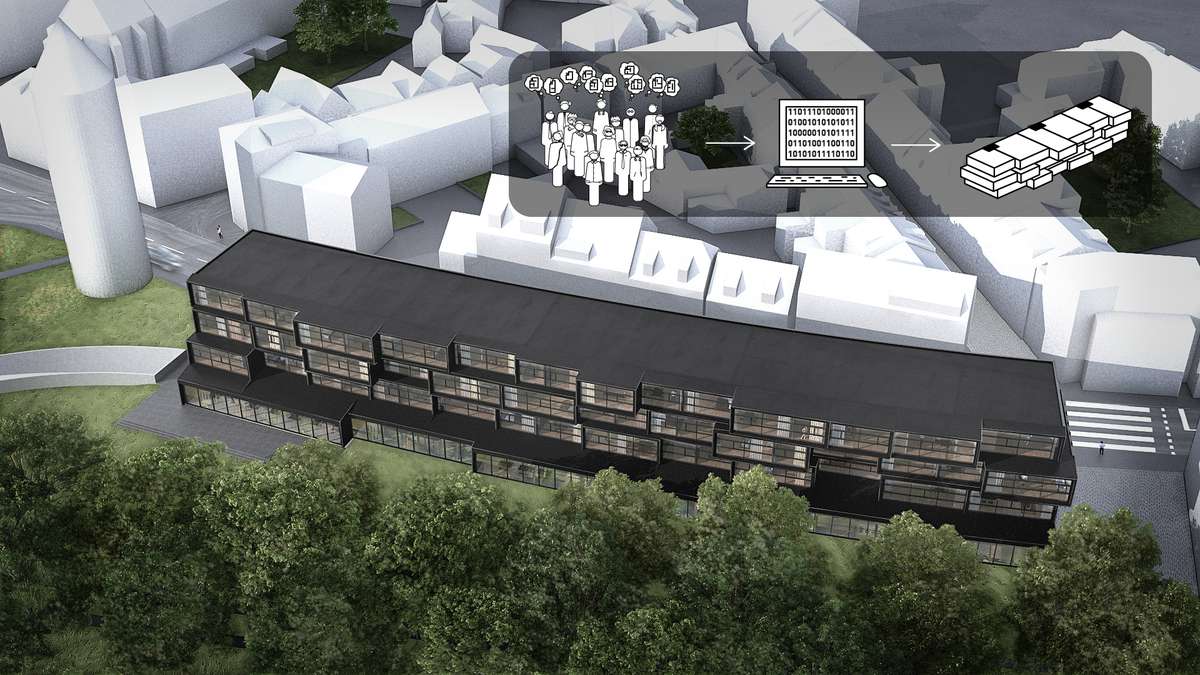
User-generated Form: The 21st century is the age of an open and self-organised society. The internet allows us to follow our own demands or interests and share or collaborate more freely in communities. We, as users, create the content of our future. Spatial form is not excluded and can be generated by its users, too!

We need to ask the right questions and process the necessary information to answer them.

Spatial communication: Our society is based on the assumption, that experts can decide for others. Nowadays this is challenged though and we do not feel represented in the decision-making. The open-source culture in comparison shows how communities can be involved. Experts should visualise their knowledge to interact with others and make decisions together.

Getting fast feedback on important information can speed up the design process.
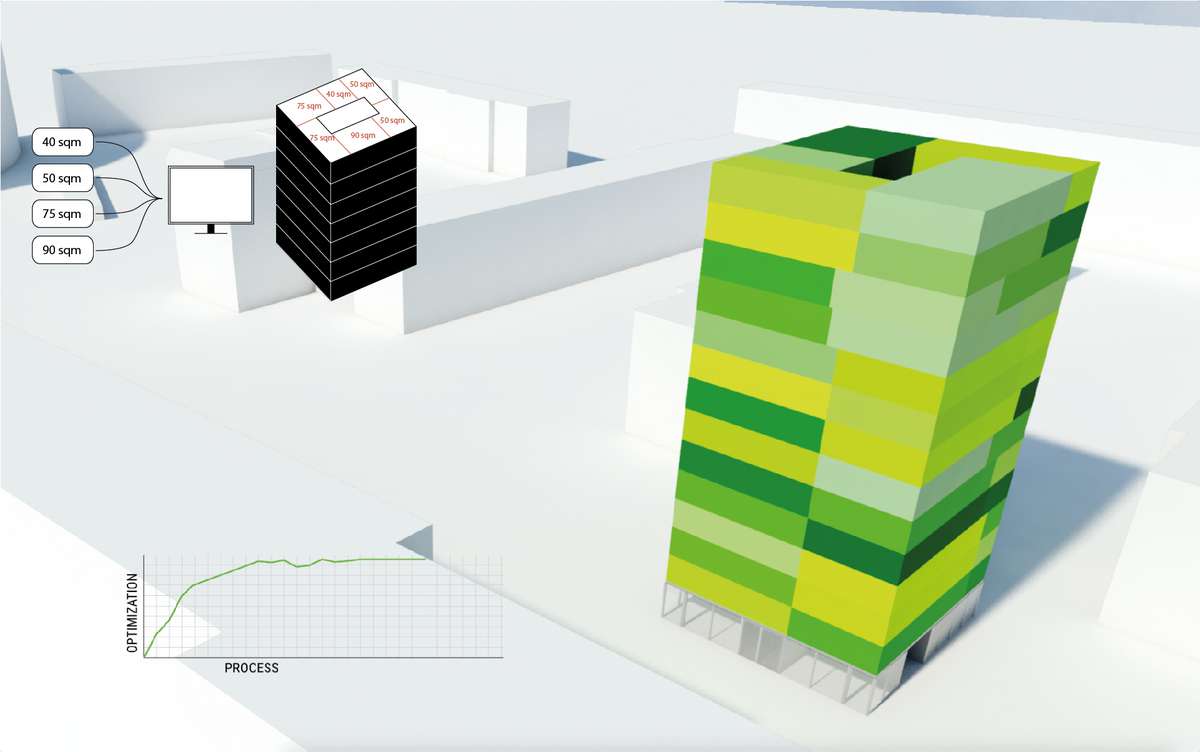
Advanced Processes: Algorithms take over many of our daily tasks reducing lots of complexity for us. They need careful attention, but used in the right way, even architecture can become a simple task for non-experts. Handling data optimally can speed-up design-decisions, construction processes and assist communication between different stakeholders.
Form Follows You
Form Follows You

Our current world seems to be painted black and white. Either you are for globalisation or localness, for migration or borders, for Brexit or EU, for Trump or Clinton. Even the architectural discourse is shaped this way. On the one side construction- and form-driven digitisation and a proclamation of a parametric style. On the other side the traditional, populistic or even nostalgic design of architecture. Either way many people feel left behind by the decision-making leading to a crisis of representation.
Form Follows You, however, places the people back in the center! We don't just see either-or. When people can connect globally and decide locally, we see more than black and white. New technologies can allow us to build a people-driven, user-generated architecture. While analogue participation reaches its limits because of increasing complexity, digital tools can enhance the field of possibilities and make even non-experts to decision-makers.

User-generated Form: The 21st century is the age of an open and self-organised society. The internet allows us to follow our own demands or interests and share or collaborate more freely in communities. We, as users, create the content of our future. Spatial form is not excluded and can be generated by its users, too!
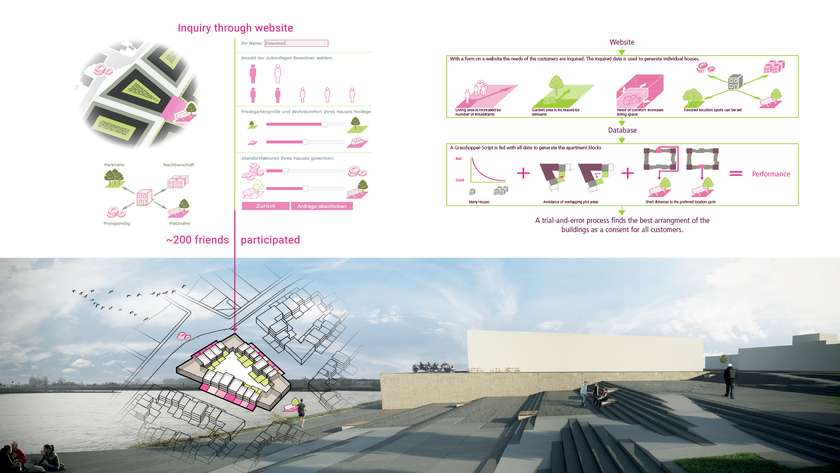
We need to ask the right questions and process the necessary information to answer them.
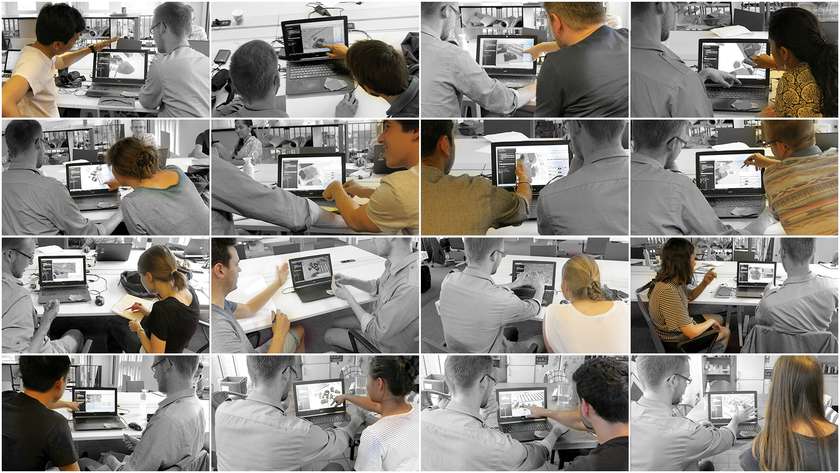
Spatial communication: Our society is based on the assumption, that experts can decide for others. Nowadays this is challenged though and we do not feel represented in the decision-making. The open-source culture in comparison shows how communities can be involved. Experts should visualise their knowledge to interact with others and make decisions together.
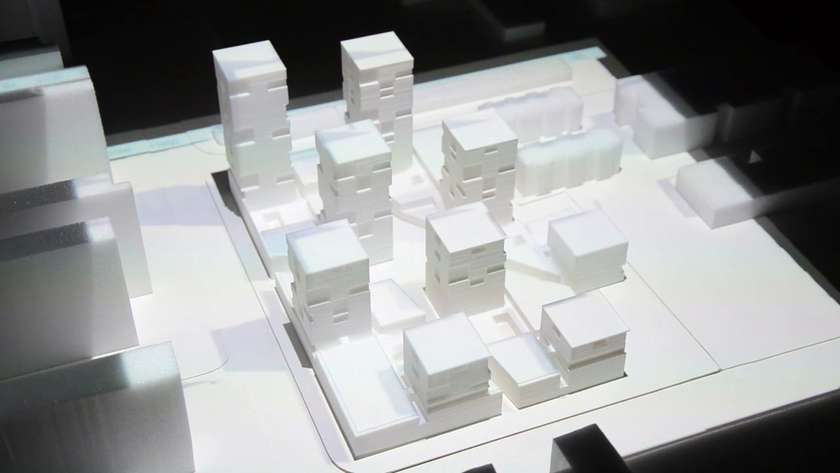
Getting fast feedback on important information can speed up the design process.
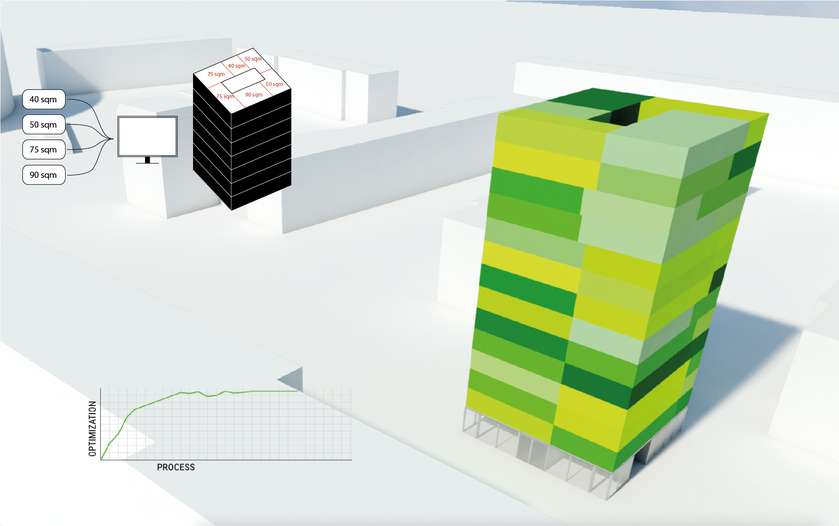
Advanced Processes: Algorithms take over many of our daily tasks reducing lots of complexity for us. They need careful attention, but used in the right way, even architecture can become a simple task for non-experts. Handling data optimally can speed-up design-decisions, construction processes and assist communication between different stakeholders.